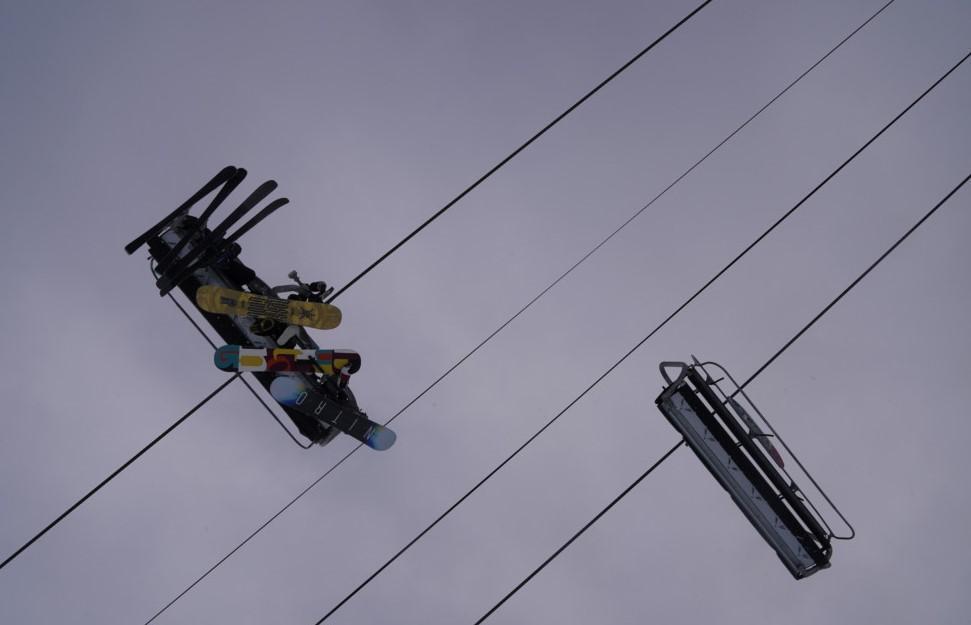Ski resorts are embracing a new role: Climate activist
ASPEN

Snow falls thick as skiers shed their gear and duck into the Sundeck Restaurant, one of the first certified energy efficient buildings in the U.S., this one at 11,200 feet (3,413 meters) above sea level atop Aspen Mountain in Colorado.
WeatherNation plays on the television, looping footage of last year’s megastorms and flashing a headline: “2022 billion dollar disasters.”
Aspen Skiing Company’s vice-president of sustainability, Auden Schendler, who watches skiers as they walk in, says it’s not enough for resorts to just change their on-site operations to become “green.” They must also advocate for policies that combat climate change.
As global warming threatens to put much of the ski industry out of business over the next several decades, resorts are beginning to embrace a role as climate activists in the halls of government.
The industry contributes just a tiny fraction of overall greenhouse gas emissions, which cause climate change, but arguably has outsized influence on popular culture and in the business world.
While many resorts are focused on reducing their own emissions, others are going much further, leveraging their influence to shift public opinion and advocate for climate legislation.
Arapahoe Basin is a U.S. ski area that built a name as a sustainability leader for years before advocating for climate policies. Positioned high up on the craggy, wind-whipped continental divide in central Colorado, the mountain is relatively well-positioned to endure a warmer, shorter winter season. High altitude, which keeps temperatures cooler and lengthens the time snow stays on the ground, is its golden ticket. But it isn’t immune to extreme weather: It has experienced close calls with wildfires and subsequent mudslides, which washed out a parking lot adjacent to its slopes in 2021.
About a decade ago, the ski area transitioned from spending thousands of dollars annually to cancel out some carbon emissions by paying for carbon credits to instead funding a staff position focused on reducing on-site emissions.
One way they’re working to nudge a transition to renewable energies is with newly installed electric vehicle chargers.
After a day on the slopes, Denver resident Kurt Zanca returned to his Tesla, which had been charging for free at one of the five dual-port stations situated in the front row of the mountain’s parking lot.
Many skiers around the world, most recently in Europe, are already seeing the impacts of climate change.
Ski seasons are often shortened compared to previous years and resorts are increasingly depending on manufactured snow.
Customer travel remains a primary source of pollution for ski areas, with air travel, in particular private jets, a major culprit. For example, over 80 percent of flights in and out of Aspen-Pitkin County Airport are private jets, airport officials said.
Ideally, airports could tax private jets and invest that money in renewable energy projects, said Schendler. But the Federal Aviation Administration remains a roadblock. Federal law prohibits airports from spending tax revenue off-site.
This restricts any renewable projects to airport grounds, and any revenue made from them must be used exclusively at the facility.
Many skiers applaud such efforts and want their favorite ski areas to have a role in fighting climate change. However, they want the efforts to be real and not just for show.
“As long as they’re being sincere and not just sort of doing it for show and not actually making much of a change,” said Archie Bolgar, a British student on vacation at Aspen in January with friends from Boston’s Bentley University.
















